Eva Casanueva, mother of Marta del Castillo, gives an interview with a photograph of her daughter in the foreground. Jesús Prieto (EP)
Fifteen years have passed since the disappearance and murder of 17-year-old Marta del Castillo in Seville, Spain. The case, which has seen numerous twists and developments, remains painfully unresolved for her family and the public. The latest development involved an analysis of the mobile phone data of Miguel Carcaño, the main convict in Marta’s murder, which unfortunately did not yield new information that could lead to the location of Marta’s remains.
The Tragic Night and Its Aftermath
On January 24, 2009, Marta del Castillo was reported missing. Miguel Carcaño, then 19, later confessed to killing Marta and was sentenced to 21 years in prison. Despite his confession and subsequent convictions, the exact whereabouts of Marta’s body remain unknown, a haunting gap that prevents closure for her family and friends.
Mobile Data Analysis: A Flicker of Hope
The focus recently returned to Carcaño’s mobile phone. Forensic analysts retrieved the data, hoping it might reveal new locations to search for Marta’s remains. This data included six new possible locations where Carcaño had been, although specifics like dates and times were not identified. Personal photos and messages surfaced, but none provided clues significant enough to locate Marta’s body.
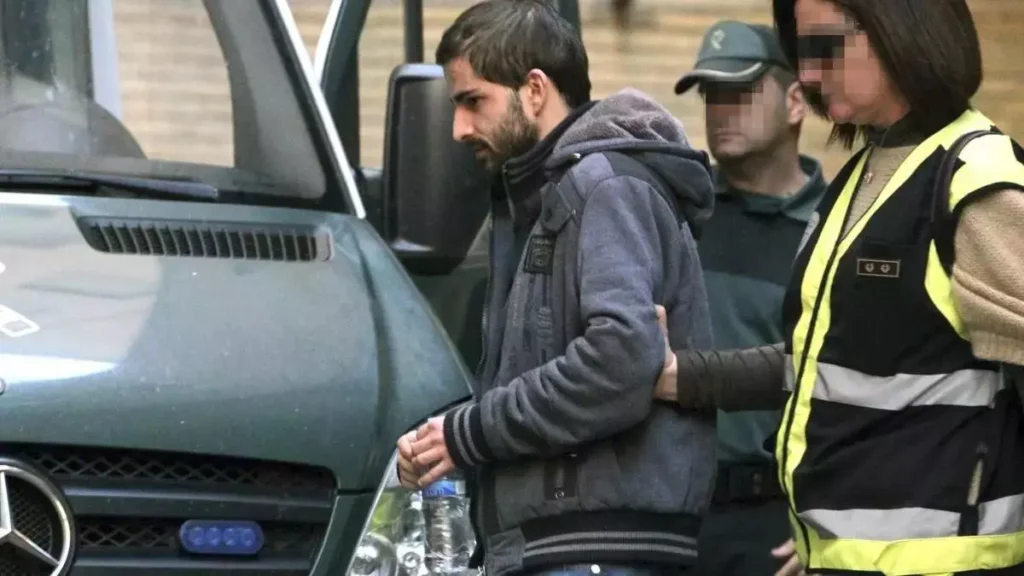
Legal and public actions
Marta’s family continues to fight tirelessly for answers. Their latest effort includes organising public demonstrations to encourage advances in the search for her remains. The case has reached the Constitutional Court of Spain twice, though no new doors have opened legally. The involvement of the National Police in revisiting the phone data was a beacon of hope, though the results have not been promising.
The Implications of New Evidence
Should Marta’s remains be discovered, it could potentially reopen parts of the case, leading to further investigations or even re-trials. The Spanish legal system allows for the continuation of such cases if new evidence emerges, despite the existing convictions.
The Statute of Limitations
In Spain, cases involving murder do not expire if the body has never been recovered. This means that the legal proceedings related to Marta’s case remain active, and any new evidence can still influence the outcome.
Multiple Narratives and Conflicting Stories
Miguel Carcaño has changed his account of the events several times, complicating the investigation. His various statements have implicated several other individuals, including his friends and his brother, though none have been definitively proven to be involved by subsequent judicial processes. This inconsistency has only deepened the mystery and the frustration surrounding the case.
The Continuing Search
Carcaño’s shifting narratives over the years have led to multiple searches across Seville and its outskirts, including rivers, landfills, and various municipal areas. Each search has been met with disappointment, as no conclusive evidence has been found.

The disappearance of Marta del Castillo is a stark reminder of the complexities and challenges of solving serious crimes. It highlights the limitations of forensic technology, the intricacies of legal battles, and the profound impact of such tragedies on families and communities. As another year passes without resolution, the hope for finding Marta and achieving justice seems as distant as ever, yet the fight for truth continues.
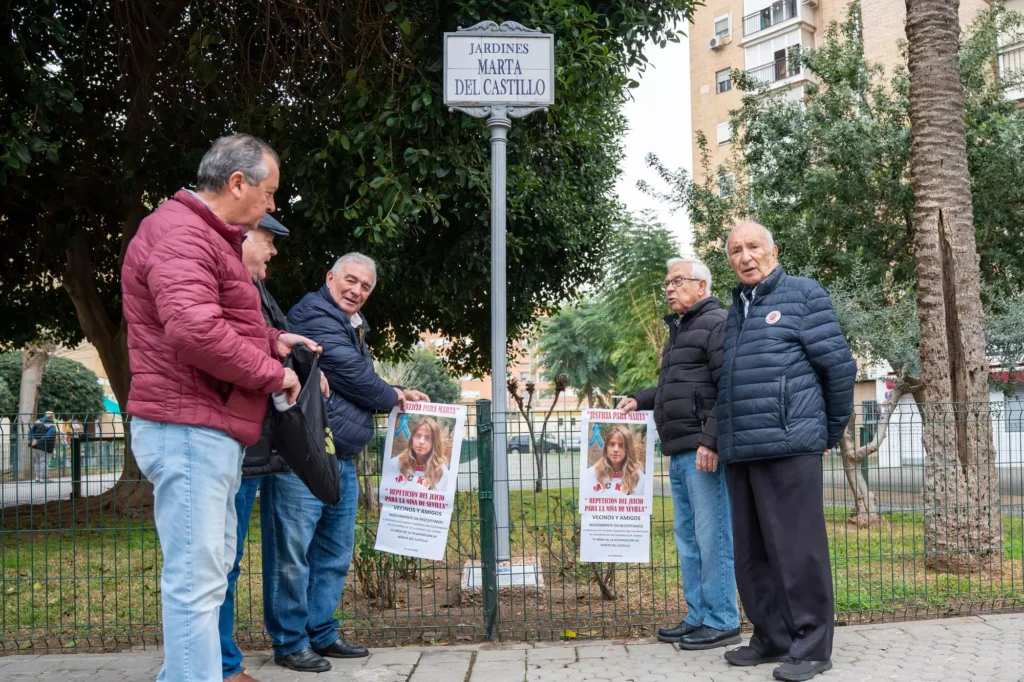


















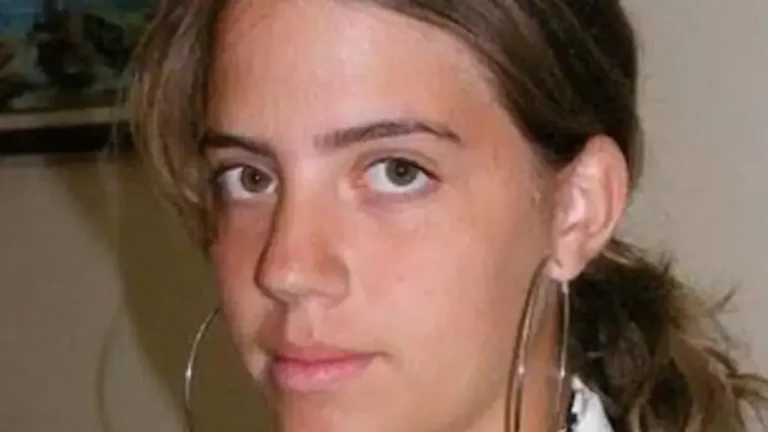
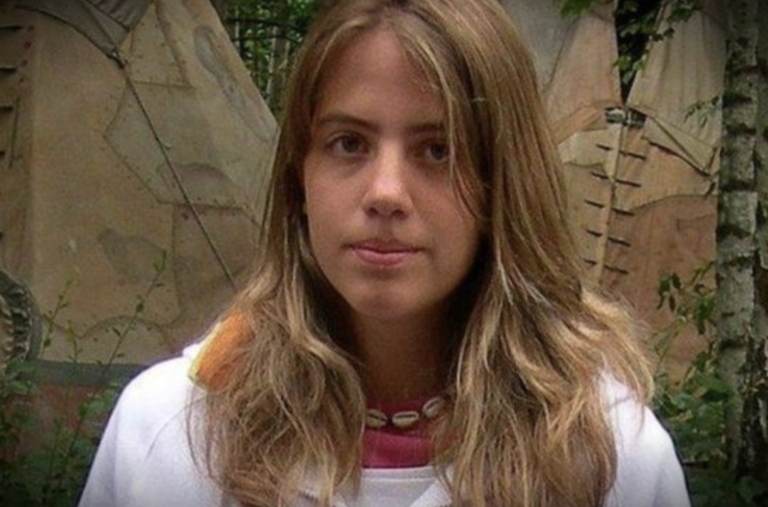




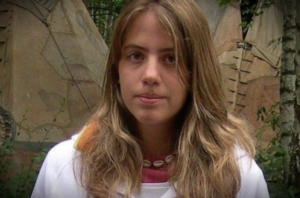








+ There are no comments
Add yours